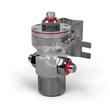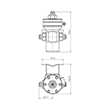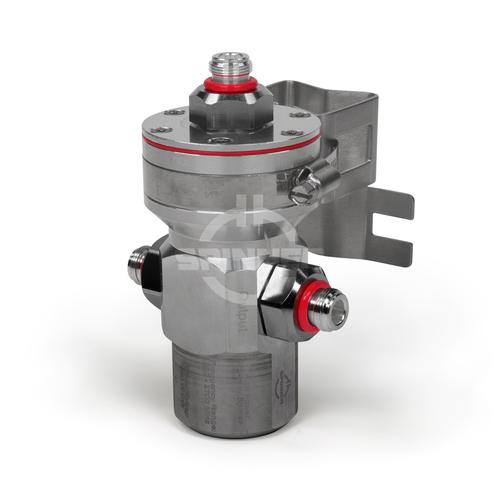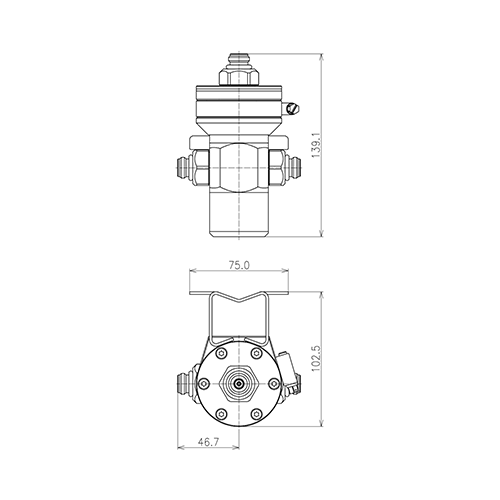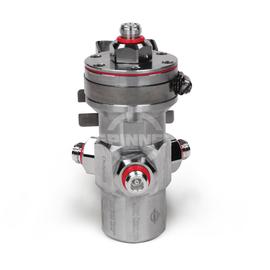Our power splitters divide signals symmetrically without degrading the signal quality
Power splitters are fundamental devices in radio frequency mobile communication networks, used to evenly distribute RF signals to multiple output ports while maintaining signal integrity. They are essential for systems where signal paths need to be divided symmetrically across different components or locations without degrading the signal quality.
Critical characteristics and success factors for power splitters include:
- Low Insertion Loss: Minimizes signal strength loss during splitting.
- High Isolation: Prevents signal leakage between output ports.
- Power Handling: Capability to manage the power levels required by the system.
- Impedance Matching: Ensures that the splitter matches the system impedance to avoid signal reflections.
- Frequency Range: Must be compatible with the frequencies used in the application.
- Environmental Stability: Ability to perform reliably under various environmental conditions.
Our power splitters are distinguished by their precision engineering and robust construction, making them ideal for both indoor and outdoor applications in mobile communication networks. With high performance across a wide range of specifications, our splitters ensure efficient and reliable signal distribution, enhancing system performance and scalability.
The Coaxial 2-way splitter 250 W 330-2700 MHz N female guarantees excellent, lossless mobile communication quality for use in in-building distributed antenna systems (DAS) or on mobile communication base stations outdoors.
Outstanding RF characteristics, best possible passive intermodulation and VSWR
The Coaxial 2-way splitter 250 W 330-2700 MHz N female enables you to transmit high-frequency signals reliably and flawlessly with optimum protection of your sensitive equipment in a power range up to 250 W CW (at -40 to +55 °C), 120 W CW (at +55 to +75 °C) with maximum passive intermodulation (IM3) of -160 dBc.
The protection class is IP 68.
The port path designation regarding main line and probe is as follows: Port 1: input, Port 2, 3: output
The N-coaxial connectors were named after their inventor Paul Neill, who developed this standard for RF connectors in 1942. Often, however, the name also relates to the Navy Connector. Type N connectors can be used at frequencies up to 11 GHz, high-precision types up to 18 GHz. It is typically used in mobile communication applications with demanding mechanical and electrical requirements. SPINNER exclusively manufactures connectors with non-slotted outer conductor contacts and a special sealing profile in the connector head instead of the flat seal disk, specified by IEC or CECC. This ensures the most reliable sealing function.
The signal is divided with a splitting ratio of 1 : 0.5 : 0.5.
